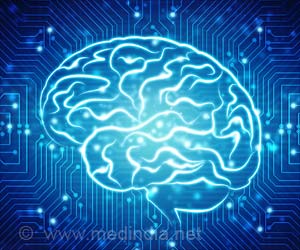Treatment strategies of Alzheimer’s disease (AD) have been explored by scientists that suggest a new path towards AD treatment.

‘Amyloid-beta peptides are found to face a setback or frustration at their growing fibrils. Utilizing this frustrated intermediate state of the peptides may help stabilize the fibril tips and block further protein aggregation (as seen in Alzheimer's disease) through drugs.
’





The study carried out experiments and computations to find that amyloid-beta peptides, small molecules that are abundant in the brain, go through several intermediate stages of frustration as they “dock and lock” to the tips of growing fibrils. Amyloid beta peptides functionally look for the easiest way to bind to the tips of growing fibrils. However certain positive and negative forces between atoms don’t immediately align and result in setback or frustration of these peptides.
After the setback, the resulting alignment constitutes the growing fibrils to form the gummy plaques implicated in Alzheimer’s and other neurological diseases. Present study hit the jackpot by suggesting that these frustrated intermediate states of the peptides can be utilized to stabilize the fibril tips and block further aggregation through drugs.
Amyloid Proteins and Drugs Targets
Moreover disrupting the steady growth of these proteins with urea (known to denature (or unfold) proteins) provided useful data about how amyloid fibrils form.
Advertisement
The team conducted further experiments that showed that urea destabilized the wrong peptide bonds. Although urea made the fibril grow faster, it also revealed the intermediate frustrating steps.
Advertisement
Moreover, these findings may help settle a long-standing disagreement among scientists over whether fibrils cause neurological disease or protect the brain from another suspect, particularly tangled tau proteins.
“Our idea is to poison the tip so that it can’t grow, rather than to destabilize the whole fibril. This, of course, gets into the big argument over whether fibrils are good or bad. To my mind, what’s interesting here is to provide a new target, and we will explore some possible drugs that could change the nature of the tip. Either way, those molecules will provide interesting tools to understand how fibril growth happens,” says Rice physicist Peter Wolynes.
Source-Medindia










